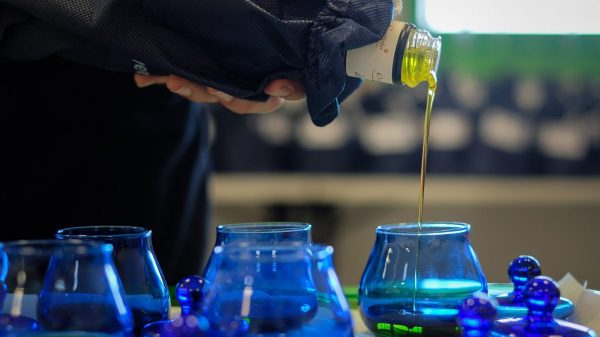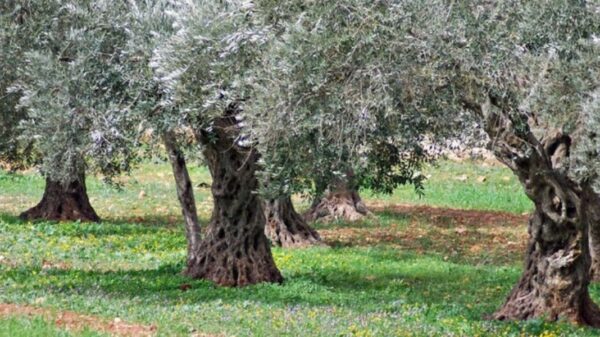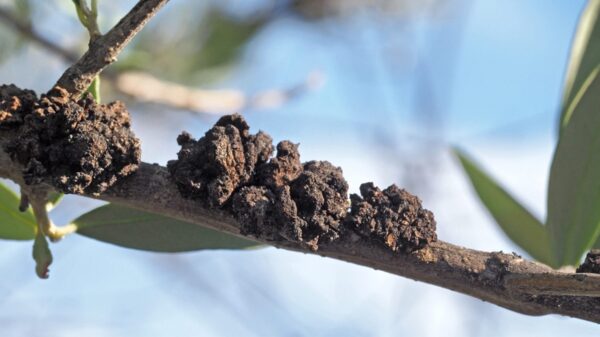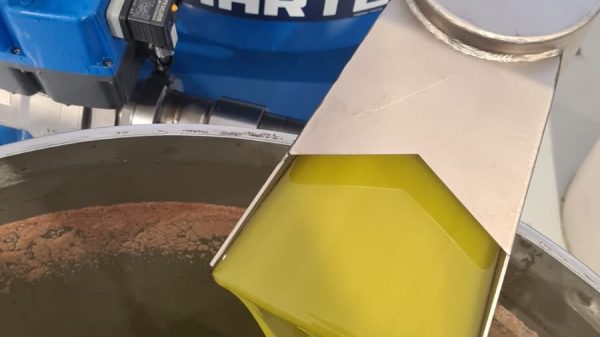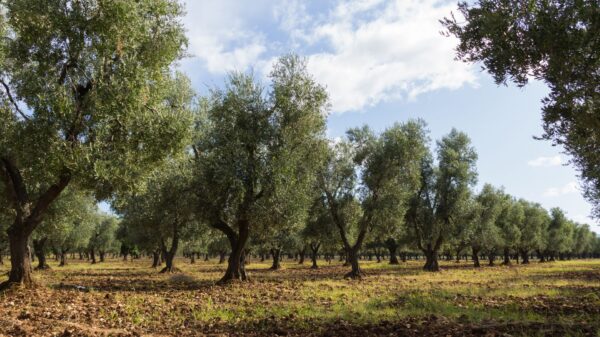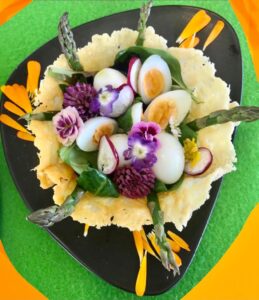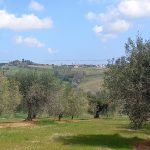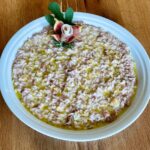La olive mange it is caused by the bacterium Pseudomonas savastanoi pv. Savastanoi, an increasingly expanding disease, especially in this spring period where the mild temperatures and the long hours of wetting the vegetation favor the penetration of the beating its epidemic action. The Pseudomonas savastanoi it is also present and lives outside the olive tree, it is positioned on the bark of the branches and on the epidermis of the leaves, but to cause infections it must enter the tissues through wounds, since the liquids that come out of the injuries themselves seem to favor its entry. In this spring period there is no shortage of cracks and lacerations, just think of those caused by pruning. Precisely for this reason a wound disinfection with completed operations is recommended cupric products, but these alone do not provide effective results.
It would be useful to also associate copper-based products with copper zinc, such as the Dentametthat zinc it is a trace element, it is a precursor of the production of auxins, which are plant hormones called plant growth regulators, it is essential for duplicating cellular DNA and acts as a catalyst in many chemical reactions, but it is also historically known for its antiseptic and antibacterial properties .
Combined with zinc-based products you could add some wood distillate, such as the Bio Goddess, obtained from the thermal treatment of wood, which degrades the original plant constituents and forms new or different organic molecules, first of all acetic acid, which could allow plants to quickly and effectively absorb zinc.
In addition to stimulating the plant's defences, the wood distillate could perform, together with the cupric products, a skeptical action towards the Pseudomonas savastanoi, especially in their epiphytic form, the one that develops over the epidermis of the branches and leaves.
Il Pseudomonas savastanoi, in fact, penetrates inside the olive tree from lesions and, after a period of incubation, on average from thirty to ninety days, proliferates, the plant in an attempt to contain it develops hyperplasia, tumor deformities on the affected organs, and from there it moves into the plant through the vascular tissues. The trogna of the olive tree leads to a weakening of the plant which affects its productivity in terms of olives produced.
In recent years, antagonistic microorganisms have also been proposed Pseudomonas savastanoi, such as Serenade Aso, a crop protection product of biological origin based on Bacillus subtilis, strain QST 713, characterized by a marked bactericidal activity.
Director Aipo
Interregional Association
Olive producers

